The need for high-speed internet access has led to multiple innovations, including Broadband Powerline Management, which optimizes network performance. One of the most significant advancements is the adoption of Broadband over Powerlines (BPL), a Power Line Communication (PLC) technology that relies on the ubiquity of existing electrical wiring in buildings to transmit data over medium voltage power lines.
However, like any other network technology, BPL also requires monitoring and management solutions to ensure optimal performance and availability. That’s where BPL Management Solutions come into play.
SGRwin for Broadband Powerline Management
Solving Your BPL Management Challenges
Targeted features for enhanced efficiency in BPL management
Discover Our Targeted Features for Improved Efficiency with BPL Management Solutions.
Cluster-Based Device Mapping: Visualize Your BPL Devices with SGRwin
SGRwin comes with a rich and flexible visualization module. This module allows users to visually represent the BPL devices on their network and how they are connected. SGRwin accesses each wave carrier’s MAC address from the network’s Management Information Base (MIB) and uses them to draw the BPL networks. The MIB is a standard table defined in our solution and is used to represent the device’s attributes and status, enhancing your BPL Management Solutions.
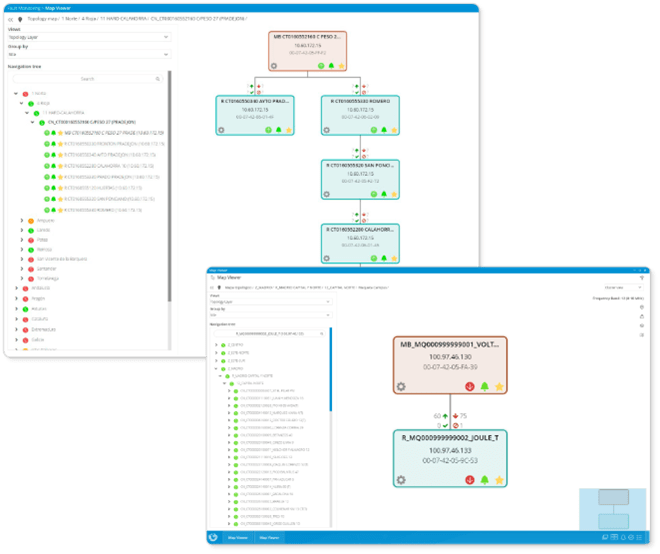
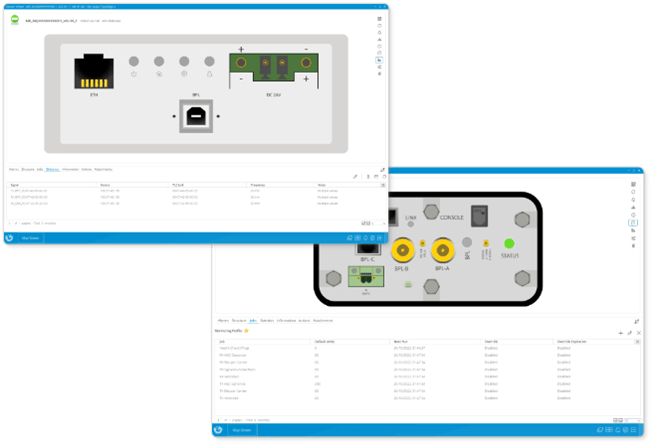
Device Viewer: Full Visibility of your BPL Devices
Provides a detailed view of your network elements; including structure, properties, real-time alarms, statistics, attached files or pics, actions etc. For more on how to optimize your network visibility, check out our page on SGRwin NMS.
Advanced Statistics for Broadband Powerline Management
BPL communication signals are transmitted via the power transmission lines that make up the electrical utility network, meaning they have limited bandwidth.
Therefore, statistics are of utmost importance to BPL network operators since the data sent over these networks is highly susceptible to interference and loss. Network operators require accurate data for effective BPL Management Solutions. Crucial data includes speed level, gains, and signal qualities. SGRwin was designed with Broadband Powerline Management in mind to provide accurate data and enhance network reliability. The system can collect data from the network, analyze it, and provide reports on overall performance. Operators can then use the highly advanced statistics to optimize the network effectively. To learn more about statistical analysis in BPL, visit our page on network performance.
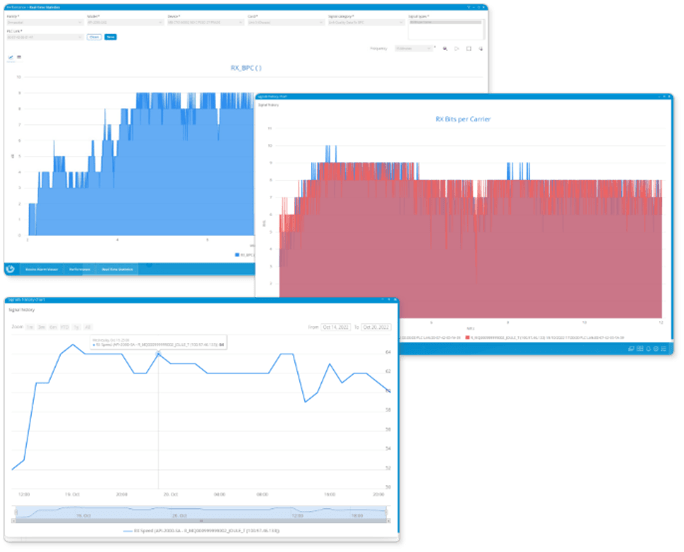
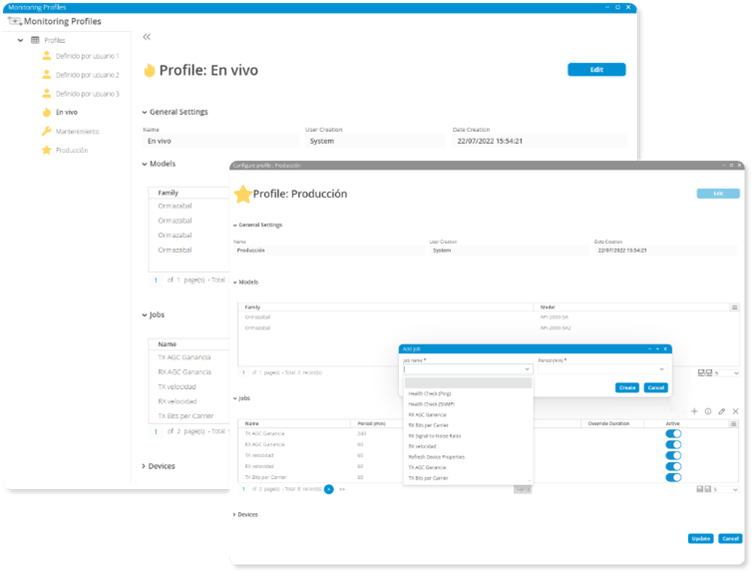
Effective Monitoring Profile in Broadband Powerline Management
In SGRwin, the monitoring profile describes the frequency of asking the devices about their status, configuration, and statistics. The monitoring profile is a crucial feature of our BPL Management Solutions that should be regulated to ensure that it is not too frequent. Saturating the device with questions will overload both the network and the device.
The user can customise the frequency to meet specific requirements. Different monitoring profile modes include:
- Real-time mode This is a demanding mode that allows you to frequently ask the device about its status, performance, and statistics.
- Maintenance mode This mode minimizes the frequency of the monitoring requests to the device and allows the user to perform maintenance operations. With this mode set, the user can only request the equipment’s details once a day or according to another frequency.
In addition, BPL networks are usually an intricate connection of numerous devices. Configuring the question frequency device per device is a tedious and inefficient task. SGRwin has a feature that supports bulk monitoring profile creation.
Security
At SGRwin, your network’s security is our top priority! That is why we designed our system to enable active directory accounts (for example, LDAP) to authenticate users’ accesses. We understand that modern networks commonly have internal and third-party collaborators whose access to the network must be controlled.
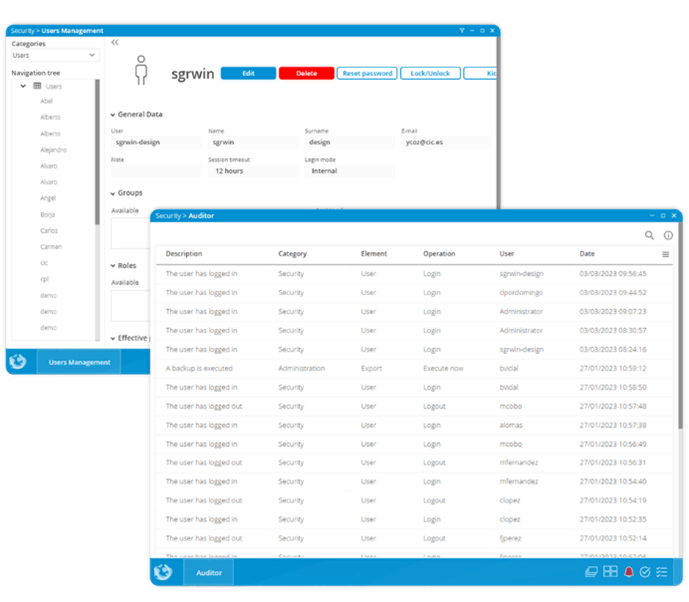
Implementing effective Broadband Powerline Management solutions is crucial for improving your network’s reliability.
